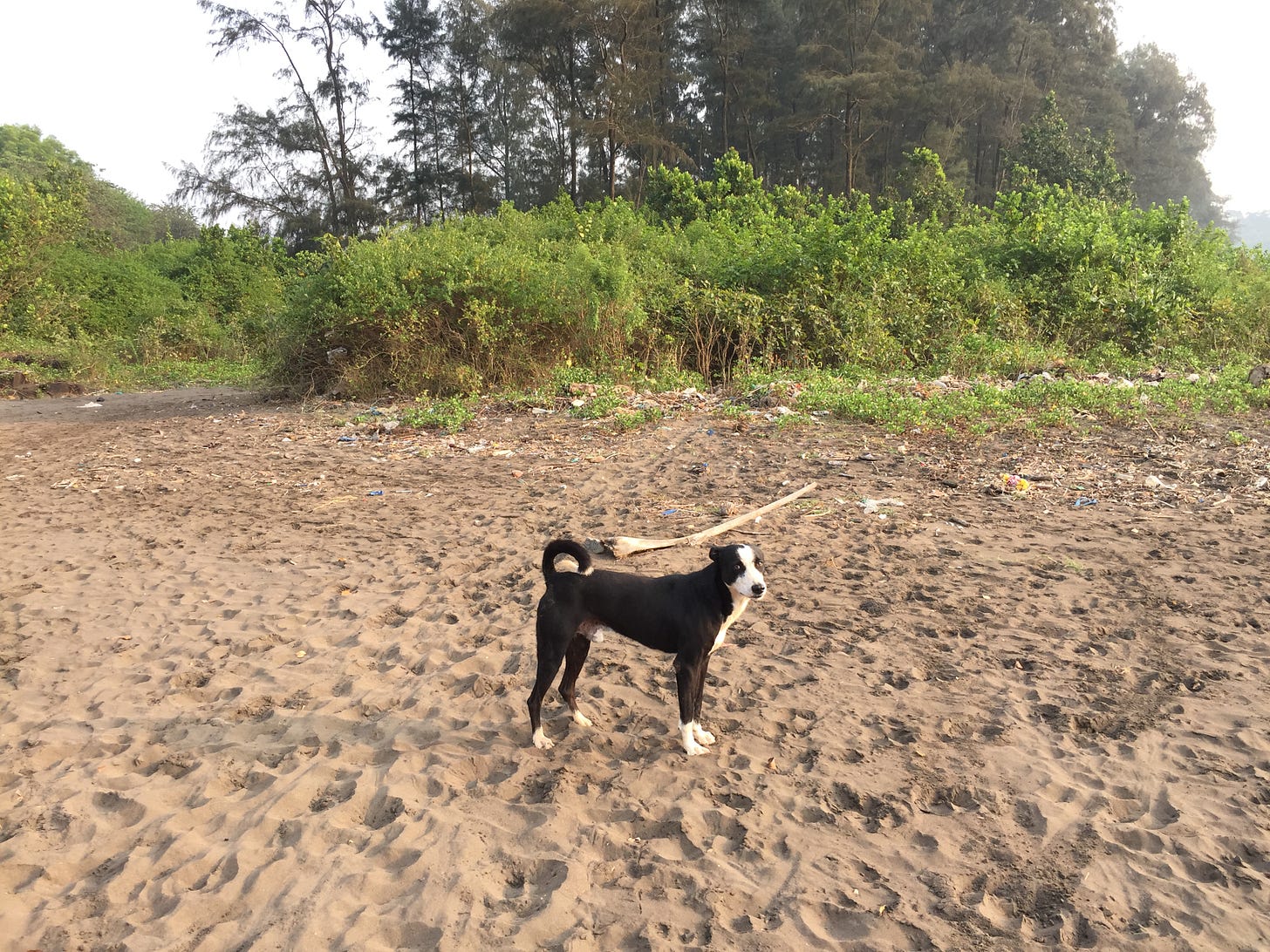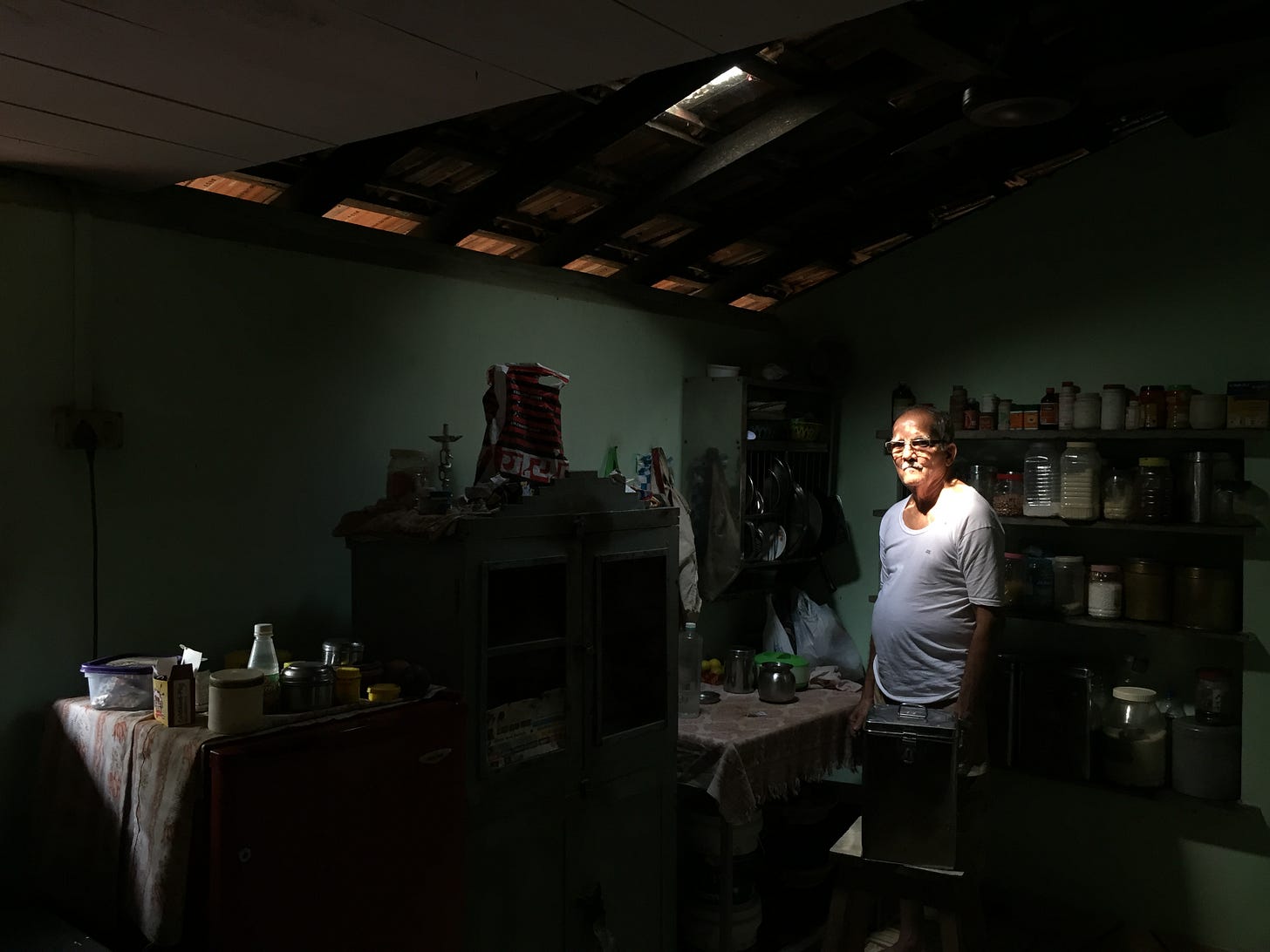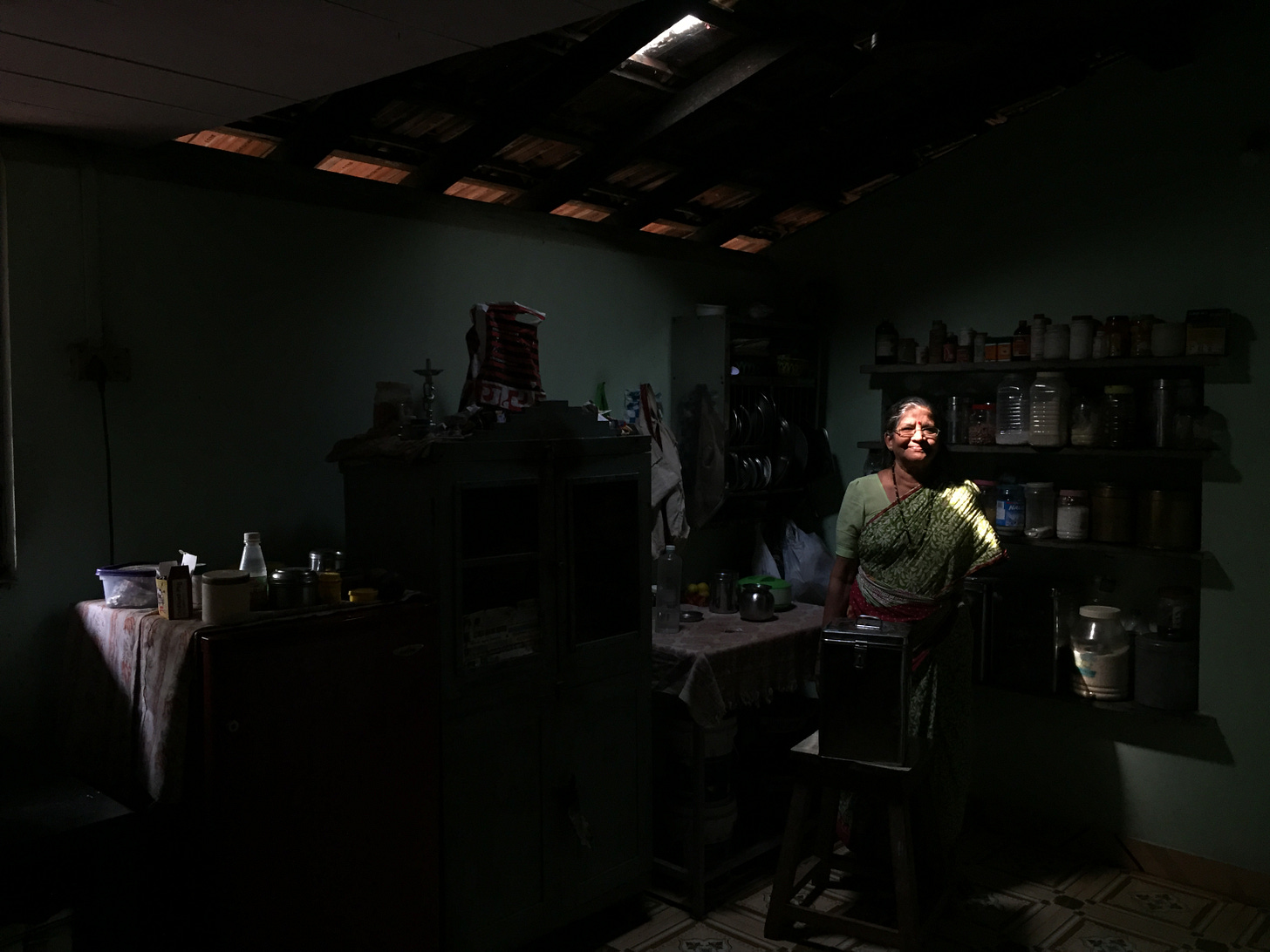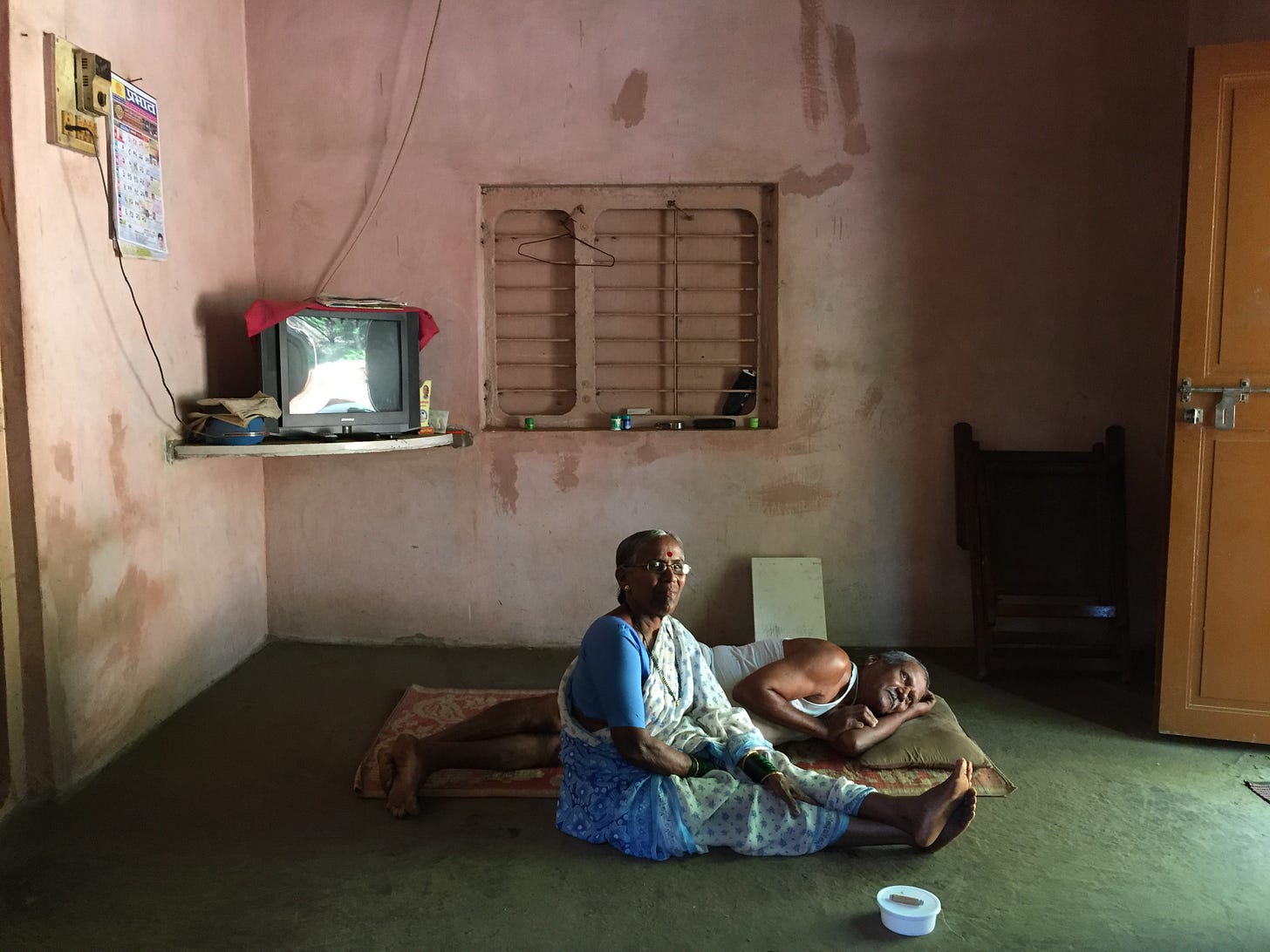To understand India one must run away from it’s cities, towards it’s villages, where the real India hides. Many of my friends are amazed when they visit me in my village. The life here is extremely slow-paced, filled with smiles and hard work in the fields. It is a soothing experience even to the ones who are only passing by. After returning from England, I headed straight back to my village where my grandparents live, and since then I have been returning back every month to spend some time here. So, I thought to myself why not write about my village. I have hundreds of stories to share from this place. If you are living in a city, wishing to have a break from the daily buzz of life, this could be the place to come home in the evening, sip a cup of chai or coffee and quiet down your mind with some light-hearted stuff (and at times some serious stuff) from around my village.
There’s one more reason why I decided to write about my village- and here comes the serious part. Recently, the government of Maharashtra decided to hand over the land starting from the outskirts of Mumbai to the Goa border to the Industrial development authorities. They mentioned areas from the top of Sahyadri mountains -one of the 36 biodiversity hotspots in the world and a UNESCO World Heritage site - to the Arabian seashore to be thrown under the jurisdiction of CIDCO - a city and industrial planning authority. This means that some 1800 villages that fall in this region will not have any say whatsoever on what kind of ‘progress’ they want. Instead, it will be the authorities who will direct and control the future of this eco-sensitive zone. Additionally, a project has already been announced where the government is deciding to build a highway along the sea, in process cutting down hundreds of years old forests that remain standing in these areas. But it won’t just be the destruction of forests, will it? It will divide most of the villages in two sections and bring in a huge amount of traffic displacing the thriving wildlife and bird population in this area. Needless to say, it will kill the existing culture and traditions as it will promote more materialistic ambitions.
In the past, two projects, namely Barsu Oil Refinery and Jaitapur atomic power plant have been put on hold after continual protests from the local communities. Yet, it is becoming increasingly difficult to protest in the wake of local strongmen who retort to any lengths to squash any dissent. Shashikant Warishe, a local reporter, was killed after reporting on the issues relating to the Barsu Oil Refinery. The criminal had taken pictures alongside the CM and the PM. That is how well connected he is.
The ship building industries that have been put in place along the coastline, have already started to show their adverse effects in the form of polluted waterways and depleted aquatic life. Villagers have been distressed with the quality of soil being degraded due to the pollutants that are dumped into the land. Yet, there seems to be no real solution to any of this, as villagers don’t quite know what is the right way forward. Protests are being tracked down with brute polite force.
Okay, I’ll stop with the serious stuff, but you get how serious this is, right? Now you may ask, why are you getting paranoid about this? What’s in it for you?
So, let’s start from the beginning then. Let’s go back. WAYYY BACK!
Narvan is a small village in the Kokan region. It has a tiny river flowing through its centre which turns into a creek when it reaches the sea. The seashore is quite hidden, while being surrounded by jungles on the shore. My ancestors moved into this piece of land a couple hundred years back. A king had asked for my ancestors to settle down in this region, that was a reward for the priestly duties they performed in his court. Now, I would like to remind you in advance that all this is folklore and there are no written records for any of this, but that is the story that’s been passed on through the generations. And given how things worked in pre-colonial India, there is no reason to doubt this story. Many other families later settled in who were doctors, carpenters and the rest that were necessary in the village. The village itself was pre-dominantly occupied by koli (fishermen) and bhandari tribes who lived close to the sea and had all their sustenance linked with the sea. These tribes were later merged in with the village. That is how things happened in the past. Lands were taken over or gifted by local strongmen like the kings or subhedars to the ones higher in caste and then a caste-based system was implemented to form a structure in the village. This is why most of these villages still have ‘wadi’ or areas which are inhabited by certain caste members, for e.g. there is a brahman wadi where brahmins would stay, a sutar wadi where carpenters would stay, so on and so forth. These exist even to this day.
As for my family, the picture was slightly liberal. We are from a brahmin family. I know that for Indians my last name is enough to give that away. My grandfather had decided to move away from the village in order to put some food on the plate. Poverty was high during his times. Food was a nobility. He detracted from the family house and signed papers in which he rejected to have any share in the ancestral property. It wasn’t much, but, it was enough to create animosity within the family. He studied further and got a government job in the independent India. That was a huge mark of success in those days. He slowly rose up the ranks to become a Class 1 officer. During this time, my grandmother too secured a government job. This was not due to privilege, but due to sheer necessity. They had nothing to fall back on. No land. No money.
These are my grandparents.
My grandma raised my dad and my uncle in Chiplun and Dapoli where she worked as a clerk in the tehsil (revenue/land) office. Grandpa was always away on duty throughout Maharashtra. During this time they saved up enough money to buy some land in Narvan. It’s striking that that land wasn’t anywhere near to the Brahman wadi, but it was in the area where the koli people lived. In those times this was quite an open-minded thought. Thus, I grew up around people who were from various tribes where each had a unique tradition and culture. They slowly developed this property planting some coconut and mango trees. We had a mud house until 2008 when a slightly better house was built in its place. That’s where I am today. That is where I write from.
Both grandpa and grandma took an early retirement, owing to the excessive corruption and bribery that was happening all around them. They were extremely ethical people and thus, understandably, had no place in the system. Those were pretty high standards in my view. I like to believe that all my ethics and morals come from them.
Although I studied in Chiplun, I would take every opportunity to return back to my village. Summer vacations and weekends were spent here. All the kids from the surrounding houses would come to receive me, as I was their beloved ‘city kid’- although Chiplun wasn’t really a city. We’d start with cricket in the morning, venture into the jungles to collect berries during the noon and then swim in the ponds near the sea in the evening. I learnt all the basics of climbing a tree, picking the right mangoes, making wooden boxes while almost hammering my nail a dozen times and farming during these vacations and weekends.
Now, it was the year 2010, many of the surrounding families had grown up kids and the only way to sustain themselves was by leaving for better job opportunities in Mumbai, and thus started the exodus. First a couple, and then many left and settled in Mumbai, leaving behind only three families; my grandparents, the old couple which stayed next to our house and Sanju’s family. Sanju, and I will call him dada, as in elder brother- although he well in his 50’s, stayed back because he worked on our farm and was skilled enough to have his needs met in a village economy.
Our next door neighbours, Savithri and Vishram, but I call them grandpa and grandma.
I know what you are thinking, this sounds like an autobiography, so let me stop right there. It is enough to set up a premise about why this place is important to me.
The stories here will revolve around these people; their daily life, our festivals and ecological and economic hardships. So, join me in this very personal, yet incredibly important journey. I want you to get immersed into this place. The more people become aware of this place, the more chances we stand to change the direction of winds of modernisation and westernisation that are blowing to end the culture and life in this village. I will stop here today. I don’t want you to get too bored by backstories, but the next one will be about a day spent in this village.
If you like reading this and would like to support me in writing more and undertaking more adventures, you can buy me a coffee via paypal, www.paypal.me/ashutoshjoshistudio
You can buy my first book “Journey to the East”, a memoir about an 1800 km walk through India, through my website .
If you would like to buy prints of my photographs, you can choose the photographs you like on my website and send me an email. I will send you custom quotes for the sizes you’d like.






